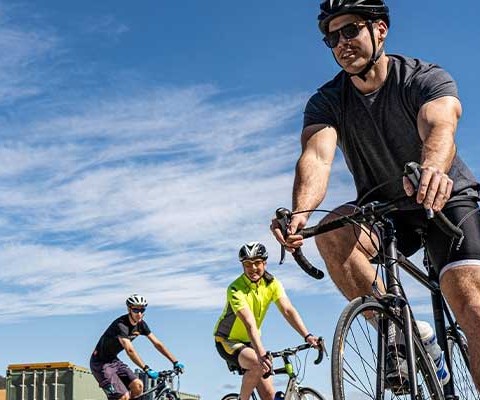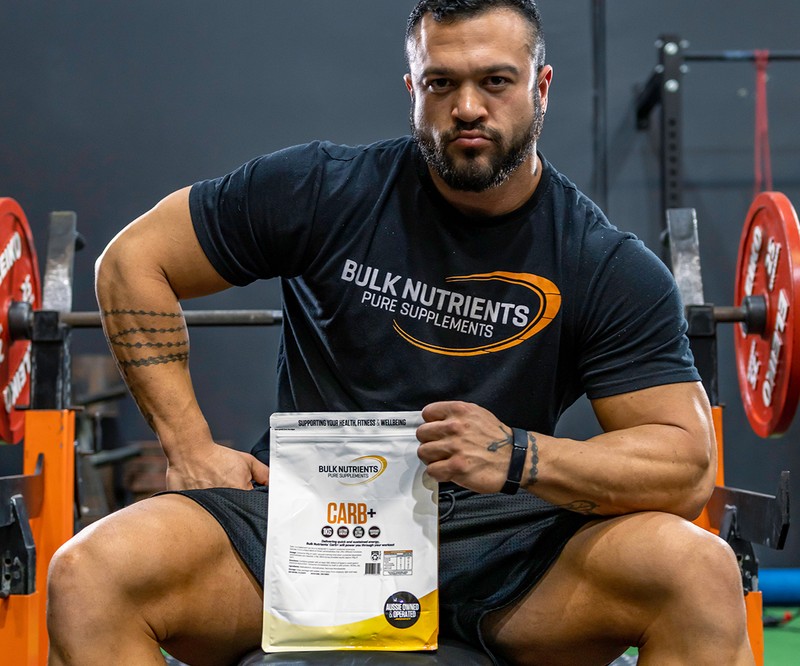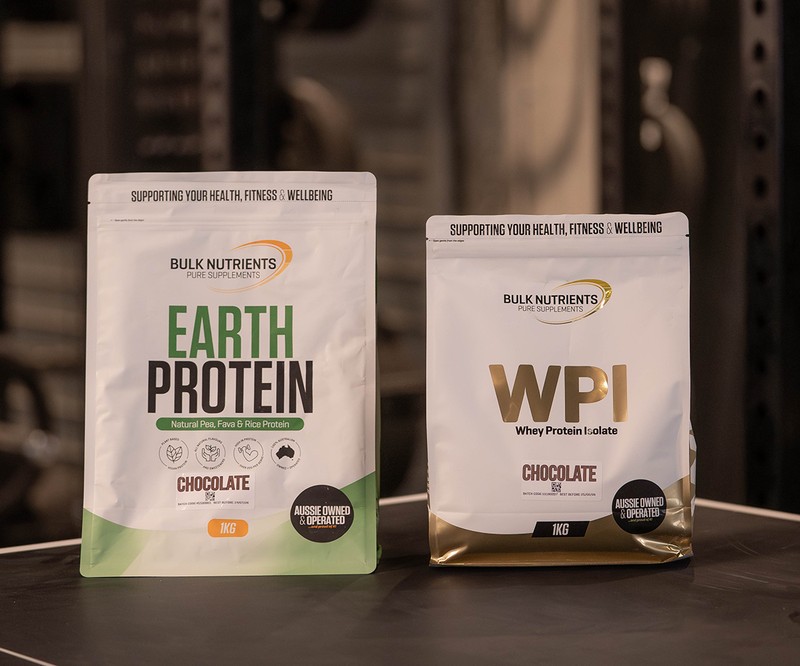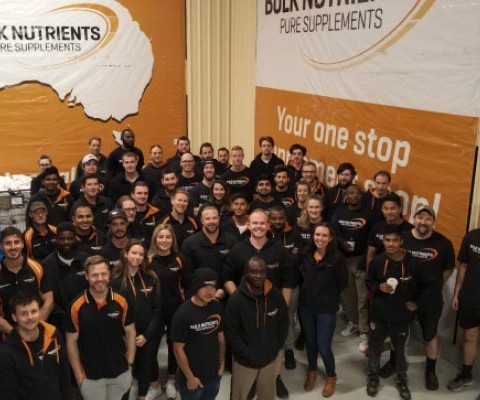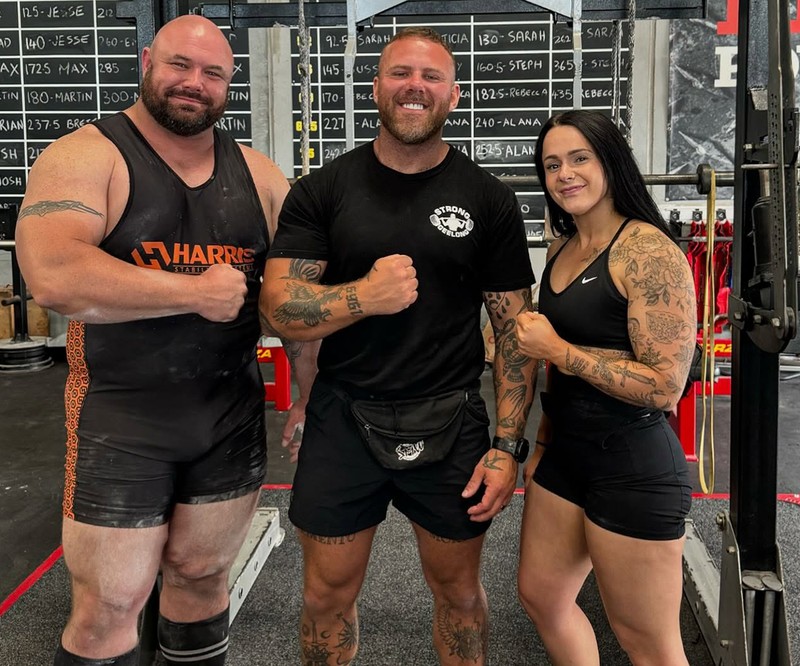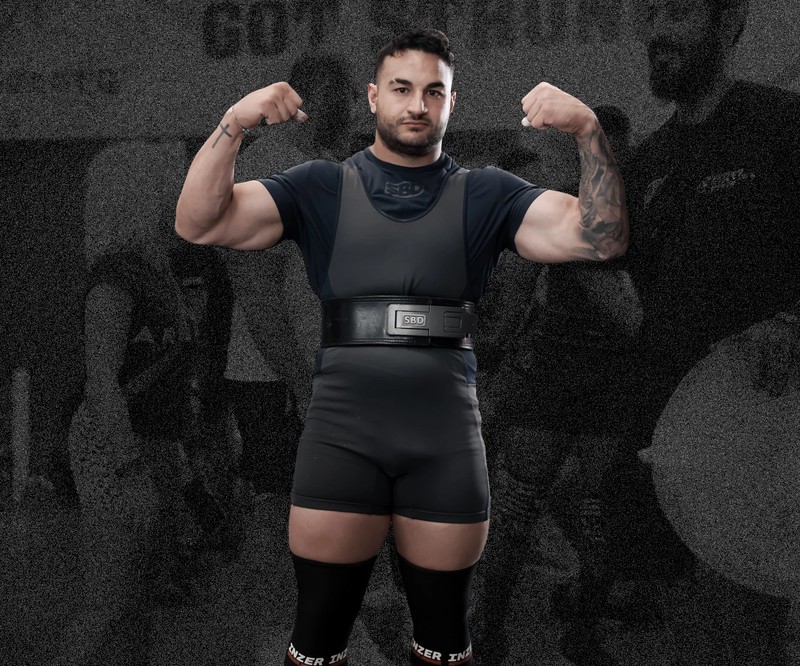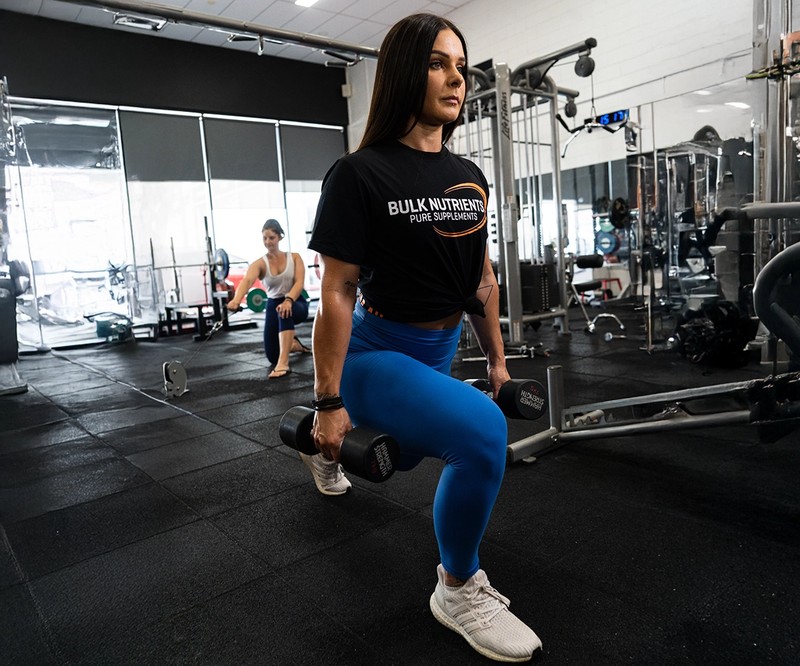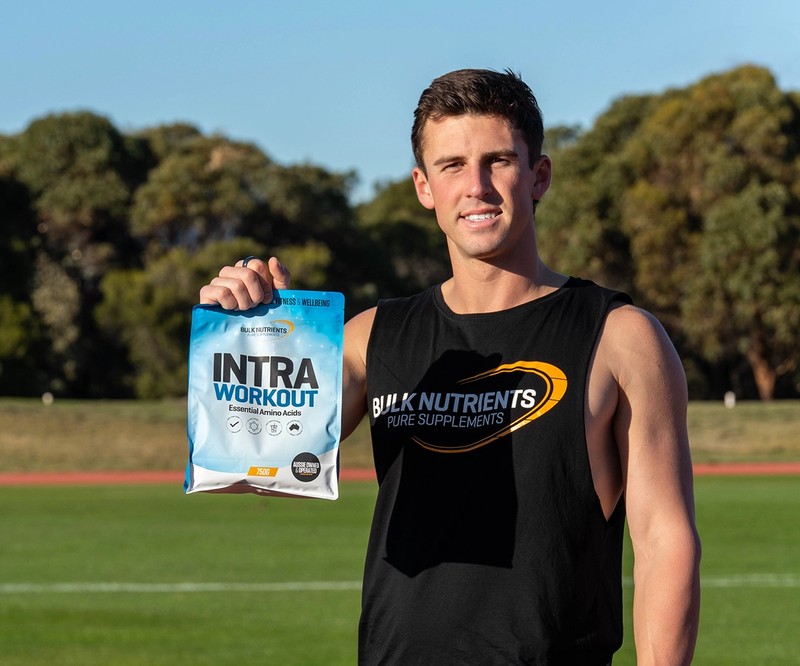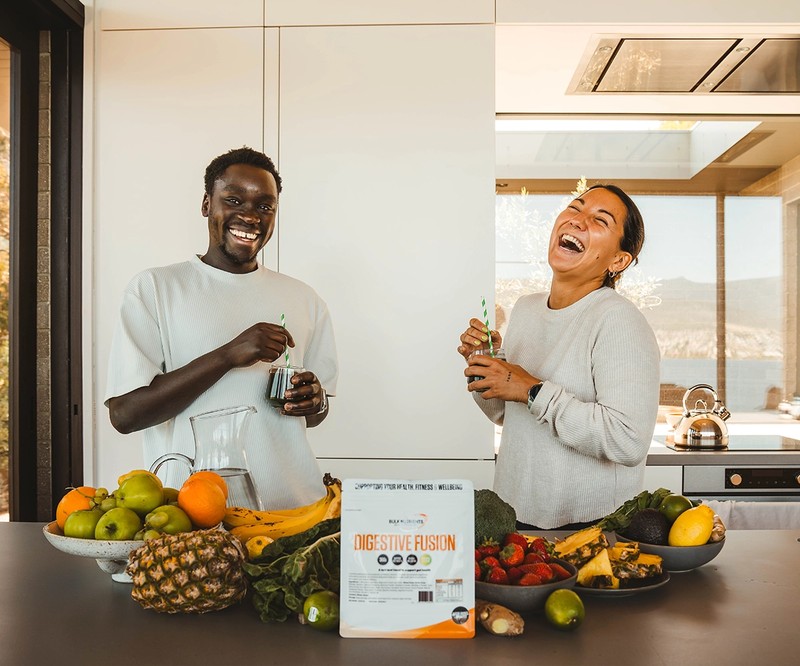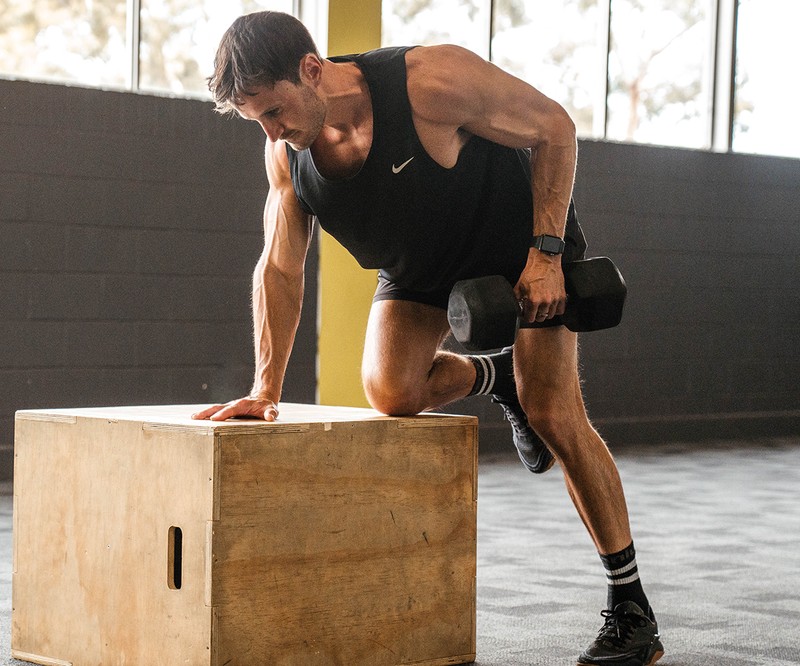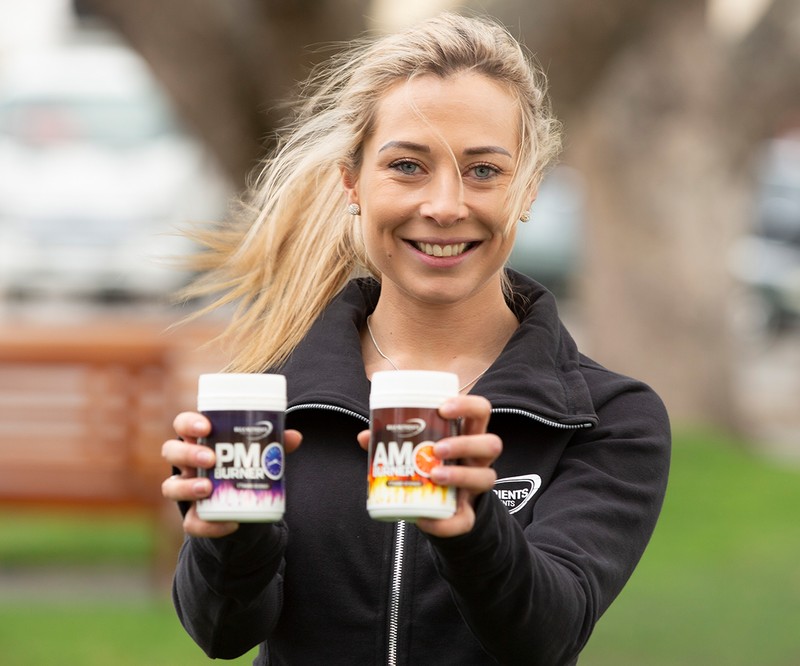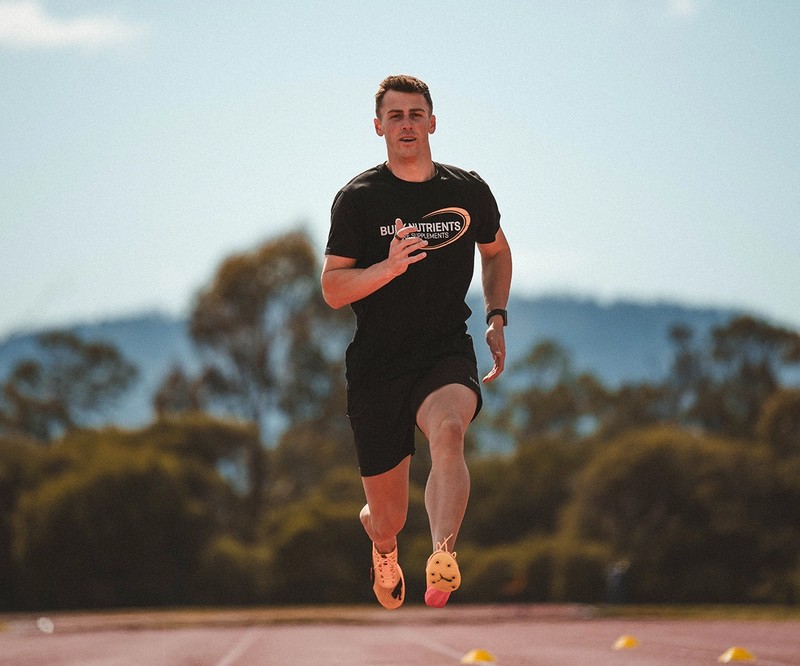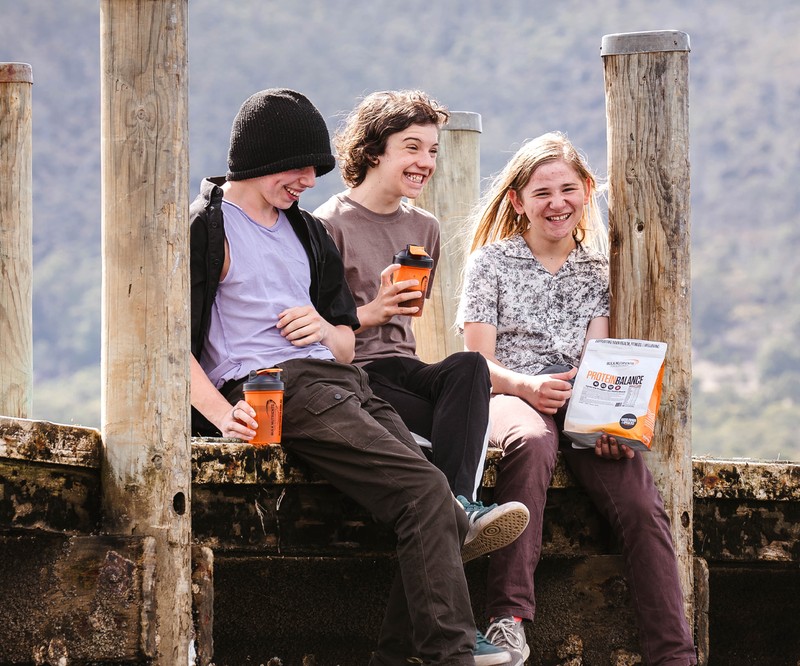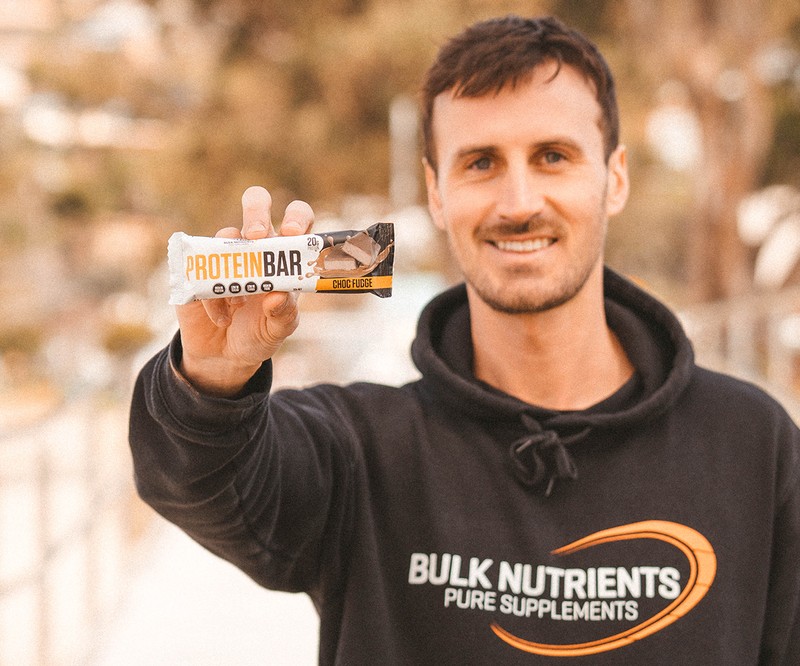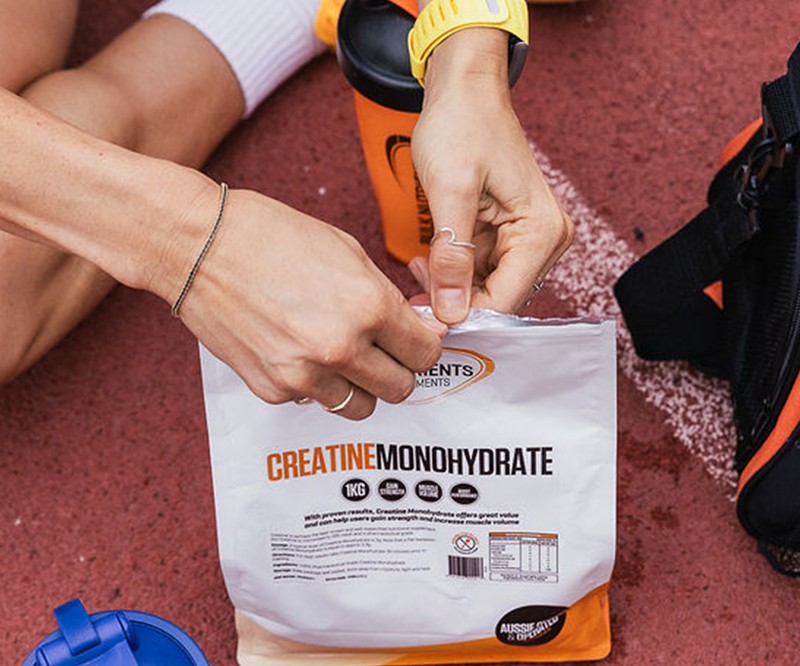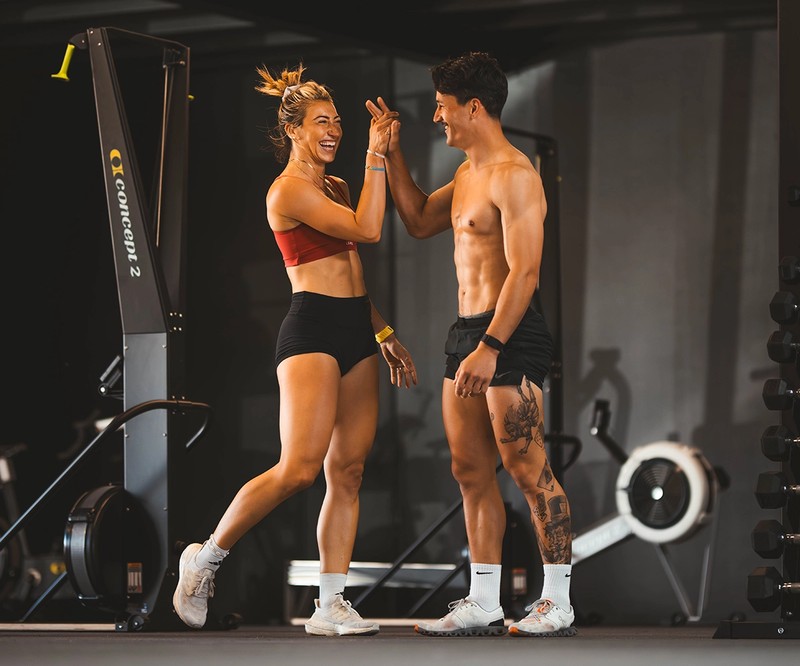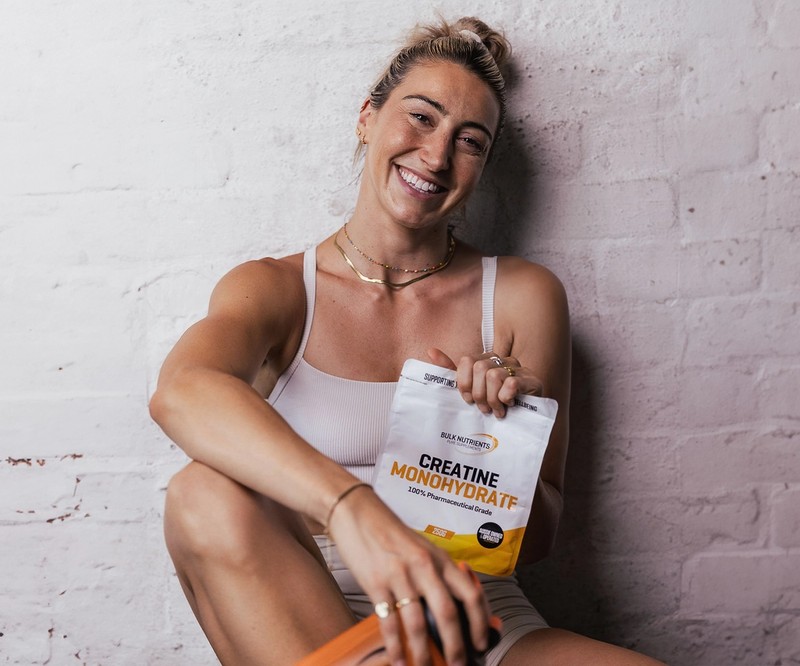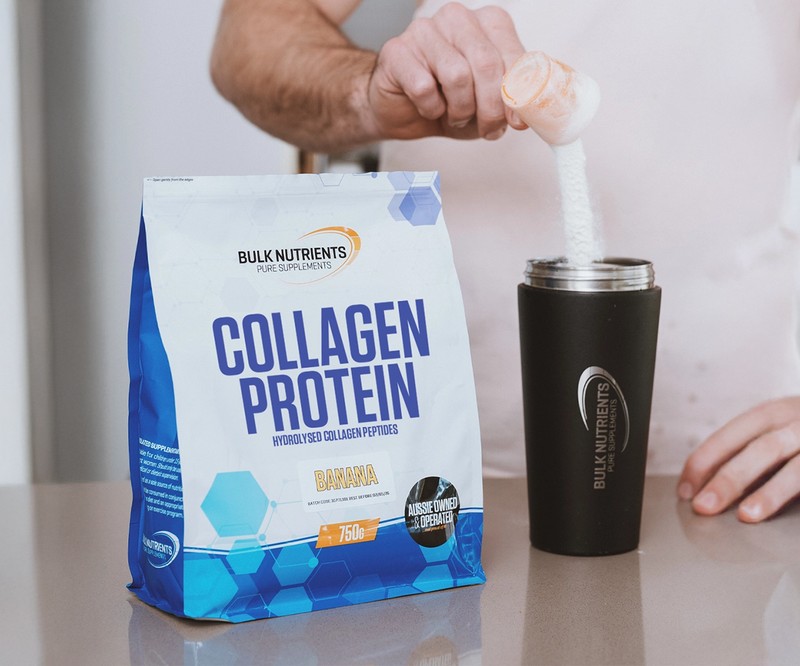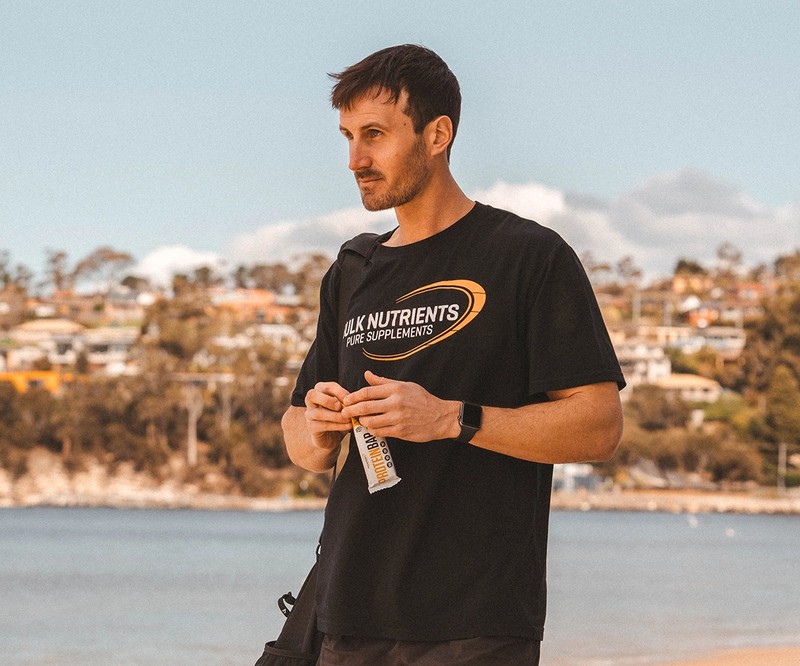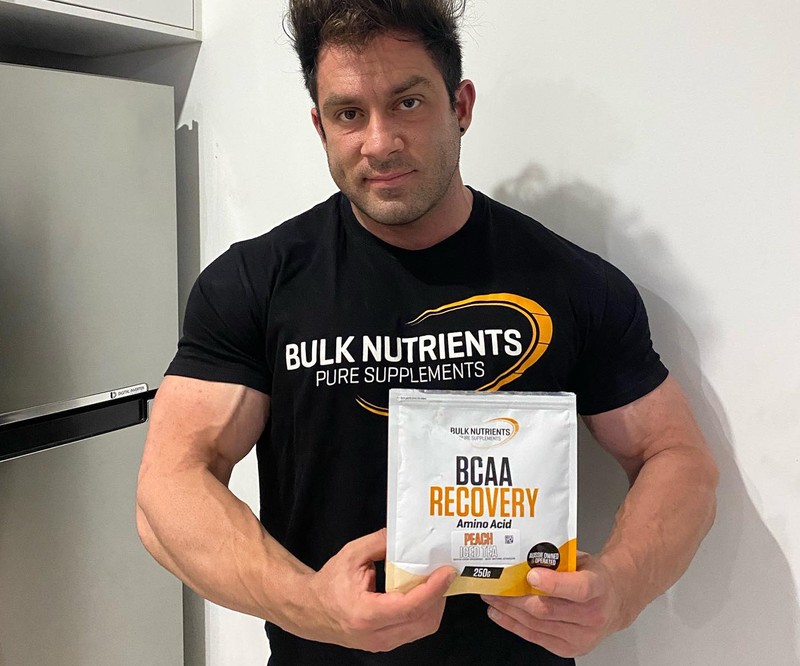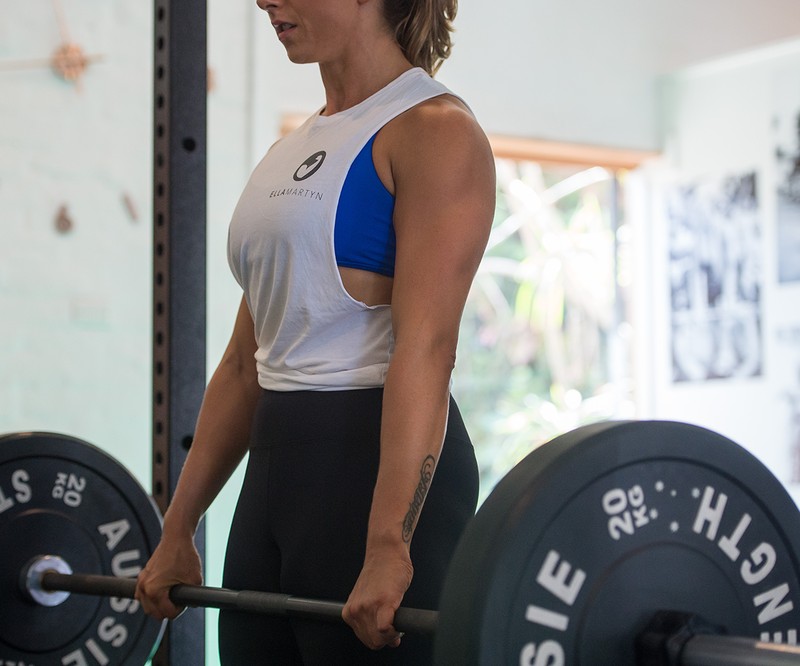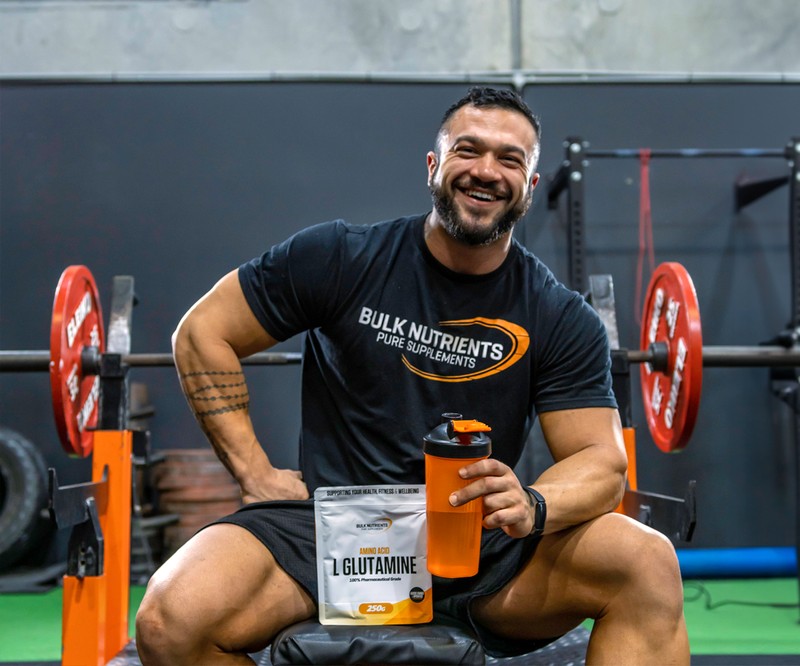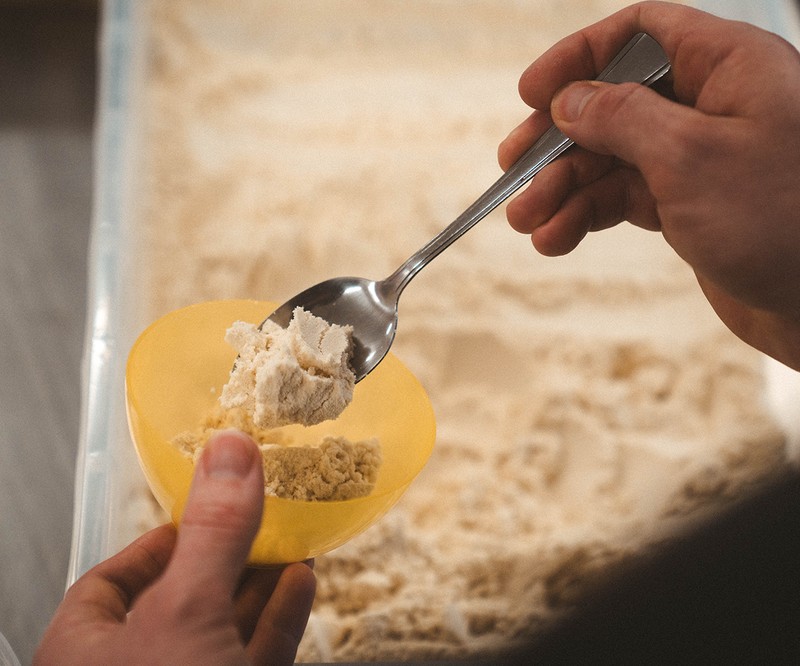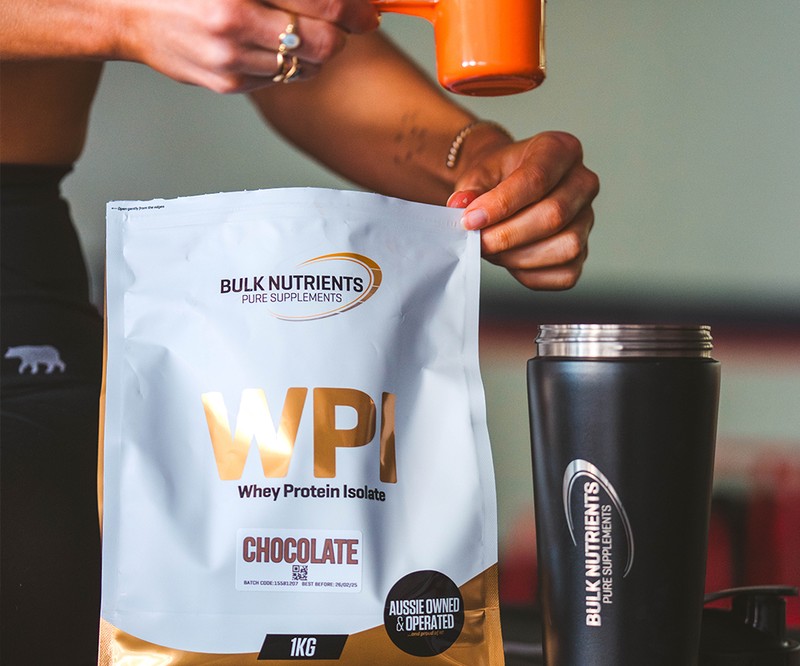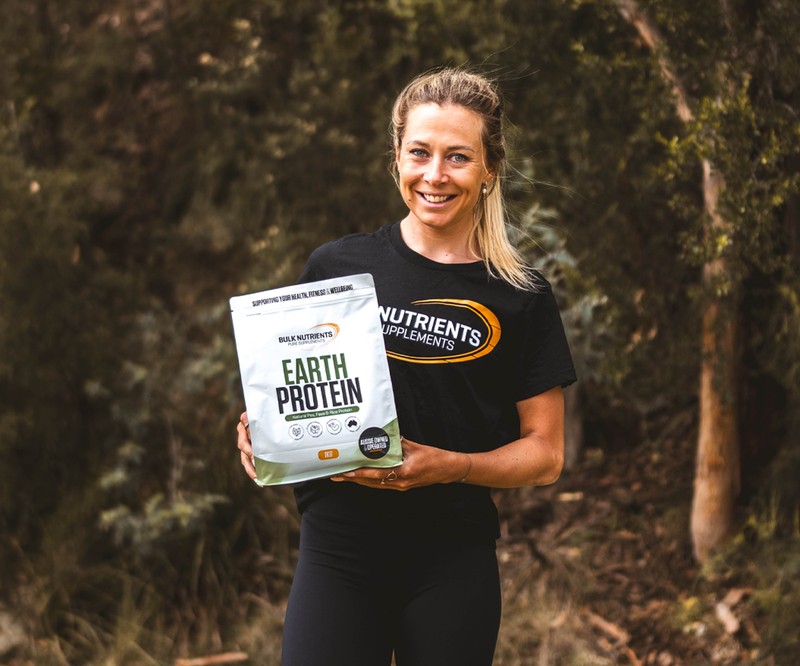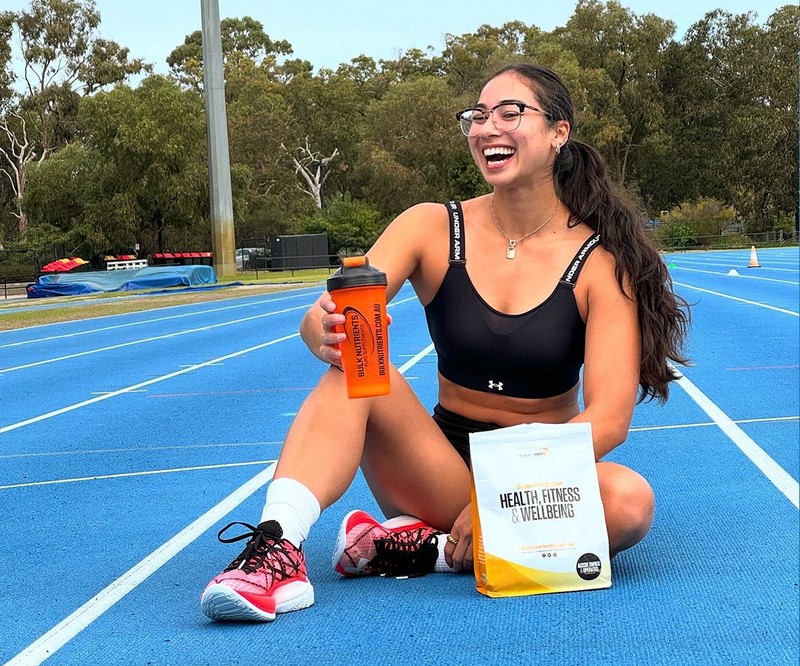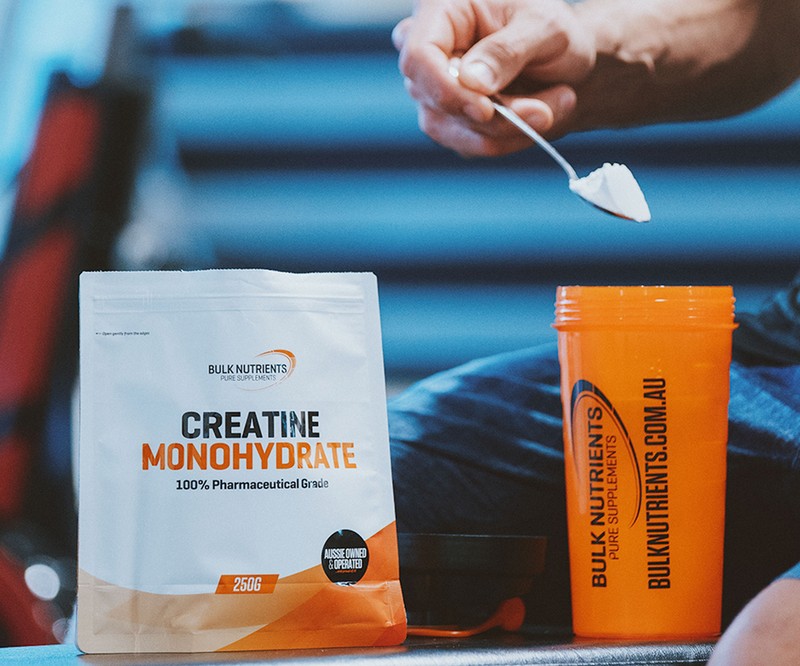Cycling: The Lifetime Exercise for Everyone
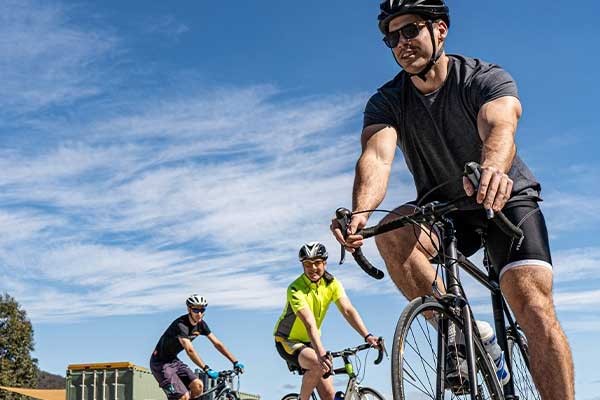
A love for cycling that started long ago
Personally, I’m an adrenaline junkie who never really grew up, which means I love speed, jumps and accept crashing as part of the adventure. That said, I believe cycling is the most widely applicable fitness activity someone can do throughout their entire lifetime.
It really is an activity for life whether you are fully abled physically or have had to adjust to a disability. Whether you’re rehabbing from injury, whether you like training in a group or by yourself, you truly can do it all with cycling. Most importantly, if planned well you can continue it long into retirement.
As an adjunct to weight training, powerlifting or bodybuilding, it is an enjoyable form of cardio that is so much more fulfilling than the obligatory treadmill hell – which from my observation appears to be a form of torture for some people.
A final mention about Bulk Nutrients and cycling is that as a company we proudly raised over $5500 last year for kids’ cancer support after our staff got involved in the "Great Cycle Challenge". This was an awesome effort by the team, with many staff who had barely ridden before racking up km’s on the stationary bike with others riding outside far more than they had in years. Later this year we will do it again, with a goal to blitz last year’s fund-raising efforts.
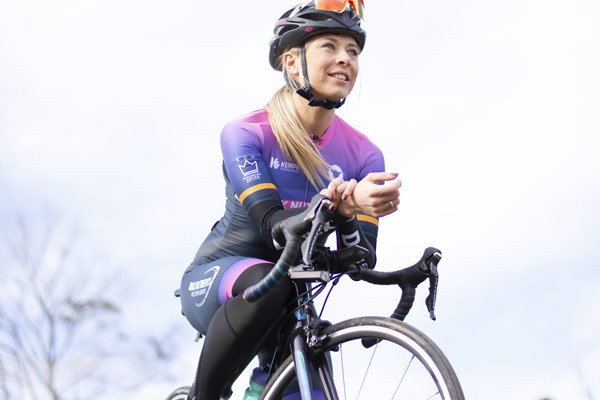
Cycling: From beginner to extreme
One of the biggest contrasts from an activity like running is cycling’s suitability for beginners. While there is a coordination component that must be mastered (and not everyone learnt to ride as kids), cycling allows someone with next to zero fitness to start at a crawl and increase their pace and duration as their fitness increases.
The transition from walking to running can be very tough for people who are quite overweight and if you add existing knee or back issues, it can make progress from a walk next to impossible for some people.
Research comparing cycling to running seems quite conclusive too, this study which looks at cyclists and runners who trained for 2.5 hours a day over 3 days showed runners had far higher muscle damage (133% vs 404%), more muscle soreness (87% higher), and higher inflammation markers (257% higher) than cyclists after training sessions of similar intensity and length.
In short, if you want an activity that you can ease into and then ramp up the intensity with time, nothing beats cycling. Best of all, cyclists often carry the best sets of legs around. Do you want to see a mammoth set of legs? Check out Robert Forstemann the German track cyclist. As regular sports people, both sprinters and long-distance cyclists usually carry great legs.
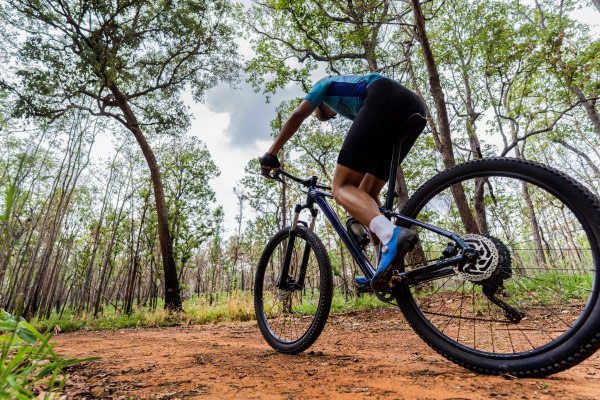
While there is an element of servicing bikes that need to be done, it's quite minimal and is largely dependent on how and where you ride, much of it can be learnt by DIY types too. If you are riding inside or you’re sticking to smooth streets the tools of your trade are going to have a very easy life compared to a downhill mountain bike demon who’s launching off jumps and smashing through the sand.
Naturally, the more extreme you go with your riding the more you will be spending, so just consider a trip to Big W does not mean you are prepared for a black diamond off-road trail! There are masses of specialised bike shops to meet your needs.
Ride inside or outside
If you simply want to find a form of exercise in which you can maximise the physical "bang for your buck" prioritising comfort, ease and availability, an indoor exercise bike is perfectly fine. The biggest issue with this is that if your confidence rises and you do choose to venture outside, you will need to invest in another bike altogether.
Another option which I have embraced is an indoor trainer, this guide gives some examples of the different types available: Indoor trainer buyers guide.
The beauty of a trainer is that it allows you to quickly connect your bike when it's convenient (less than 1 minute with most) and ride outside at other times. While elite cyclists spend thousands on trainers which monitor their pulses, power generated, cadence (pedal speed) etc, I use a simple tyre drive unit you can grab for a few hundred dollars.
While it’s basic in what it does, my main priority is riding outside. This means I use the trainer to keep my fitness up when the weather is terrible, or when I’m very busy and getting out on the trails is difficult.
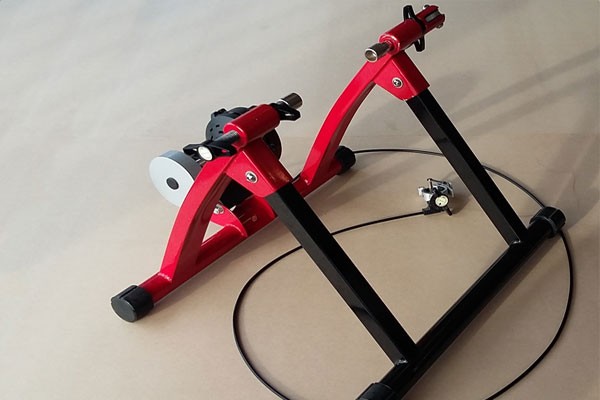
Do you want to cycle on or off-road?
Once you have decided to get into riding "on-road or off-road" is likely the first big choice you need to make.
If you live in a city and you plan to use the bike to commute and really have no desire to ride off-road, then a road or "commuter" bike is likely your best choice. Road bikes are built to be light with thin tyres which minimise rolling resistance. This means you will expend less energy when going at a certain speed. Unlike mountain bikes, they do not need suspension or wide tyres so are often lighter, easier to store and more convenient to move around.
A mountain bike can be used on the road reasonably well, it will just be a little slower. On the other hand, if you choose a road bike or a commuter, you do limit yourself to only bitumen and smooth gravel roads. Should you later decide you want to ride in reserves and permissible national parks then it will almost certainly mean buying another bike.
While this is a personal decision, I find mountain bike riding quite a bit more exciting and enjoyable as it means my adrenaline urges are met. Considering I have come from years of riding motorbikes off-road, admittedly this puts me in a different position to most people. If maximum fitness was my number one priority, I’d be on a road bike though.
Another thing that should be considered if you are looking at riding a mountain bike is the availability of trails in your area. There are now thousands of designated off-road trails around Australia which can be found on apps like "Trailforks". If you love the idea of pulling out a map and looking for new places to ride every weekend, technology like this is a godsend, and in the palm of your hand with a smartphone.
Finally, if you decide that mountain bikes are what you want to do, it does get a little more complicated needing to mount them on your vehicle either on a bike rack or a roof rack mounted system if you are travelling to where you want to ride.
None of these things is terribly costly, but all of this adds a level of cost and complication which is completely avoided if your riding is simply stepping out of your front door and busting out an easy 20 – 60 minutes when it is convenient to you.
Cycling is fun for the whole family
One of the nicest things I have found about cycling is the fact my whole family can get involved; we usually go out 1 – 2 times a week which is amazing quality time together.
This has been one of the nicest things to witness with the COVID-19 lockdowns, Mum, Dad, Son and Daughters all outside riding together.

Electric bikes are a great option to get the whole family involved
While I still ride separately to my kids when I want to really get the pace up and do a strenuous workout, I found a unique way to ensure we can ride together as much as possible - I built and bought them electric bikes (E-bikes).
By purchasing a kit and undertaking a little customisation, my 7 and 9 yr old’s can come along on virtually any rides I do, which includes some very steep hills and tricky terrain. The problem for little legs is that they just can’t generate much power so while a child can often maintain a decent pace on a flat track, the minute they hit a decent incline, things get very difficult.
E-bikes are an amazing solution for that, and while I have utilised them for my kids, they are also great for a less fit partner, or a mother or grandfather who would otherwise love to come along but the level of health/fitness makes it tough. While some have an electric throttle, the ones we use just boost the pedalling power of the rider, effectively giving them 2 – 3 the power they would usually generate thanks to a small electric motor and battery.

One thing that should be noted is that dependent on state laws, this is not always possible. As me riding with my children is off-road and their E-bikes are under 250w this is fine.
Obviously, this solution isn’t going to be possible for everyone (the bikes for my kids cost at least $1000 each) but it's just an example that if something is really important to you – me riding with my kids was very important to me, then it’s amazing what solutions are out there.

Ben Crowley, founder of Australia's top sports supplement brand, Bulk Nutrients, combines two decades of industry experience with a commitment to employee work-life balance and career growth.
A firm believer in quality, Ben founded Bulk Nutrients to provide affordable, high-quality products, even amid global challenges.
Apart from business, he enjoys family time, outdoor activities, and adrenaline-charged car projects.
More about Ben CrowleyReferences:
- Nieman, D., Luo, B., Dréau, D., Henson, D., Shanely, R., Dew, D. and Meaney, M., 2014. Immune and inflammation responses to a 3-day period of intensified running versus cycling. Brain, Behavior, and Immunity. [online] 39, pp.180-185. Available at:Immune and inflammation responses to a 3-day period of intensified running versus cycling. Brain, Behavior, and Immunity.

